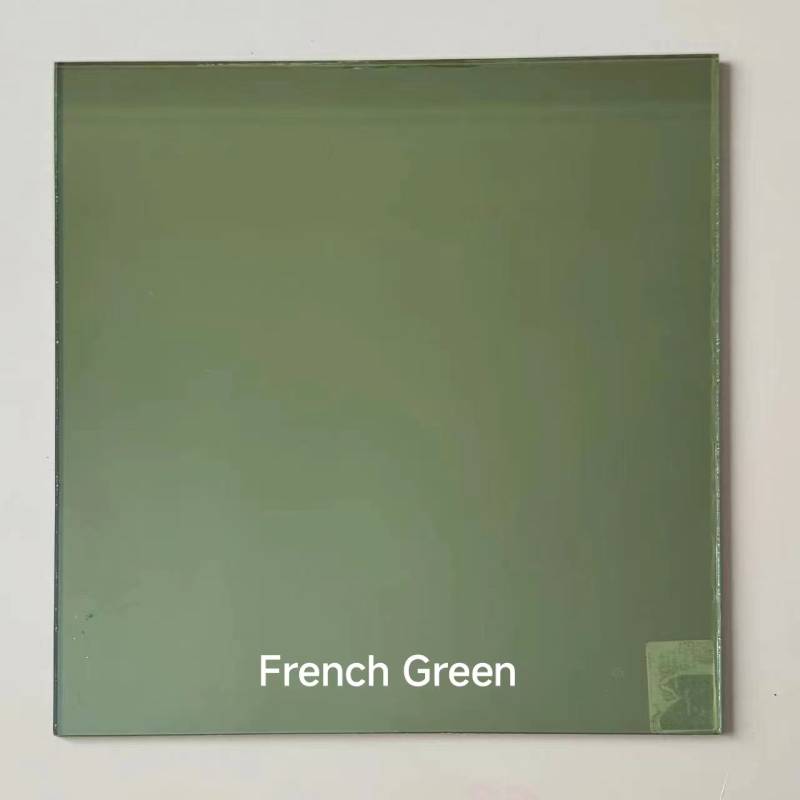

Low-E Safety Glass A Comprehensive Overview
In recent years, the demand for energy-efficient building materials has surged, prompting advancements in glass technology. One of the most notable innovations in this area is Low-Emissivity (Low-E) safety glass, which combines the benefits of thermal insulation with enhanced safety features. This article explores the properties, applications, and advantages of Low-E safety glass, demonstrating why it has become a preferred choice in modern architecture.
Understanding Low-E Glass
Low-E glass is coated with a microscopically thin layer of metal or metallic oxide that reflects infrared energy. This coating allows the glass to filter out a significant amount of solar heat while maximizing natural light transmission. As a result, buildings can maintain comfortable indoor temperatures, reducing the reliance on heating and cooling systems, ultimately leading to lower energy bills. The Low-E designation signifies that the glass has a low emissivity rating, meaning it emits less infrared radiation compared to traditional glass.
Safety Features
Safety glass is manufactured to minimize the risk of injury in the event of breakage. It is typically made through processes such as tempering or laminating, which enhance its strength and durability. When combined with Low-E technology, safety glass not only maintains its structural integrity but also offers improved thermal performance. Laminated Low-E glass, for instance, consists of two or more layers of glass bonded together with an interlayer, which holds the pieces together even when shattered. This feature makes Low-E safety glass an ideal choice for commercial buildings, storefronts, and residential applications where safety is a primary concern.
Environmental Benefits
The integration of Low-E technology in safety glass aligns with global sustainability goals. By improving energy efficiency, Low-E glass contributes to reduced greenhouse gas emissions. Buildings equipped with this type of glass require less energy for heating and cooling, which can lead to a significant decrease in the carbon footprint over the structure's lifespan. Additionally, the extended lifecycle and durability of Low-E safety glass mean less frequent replacements, further contributing to environmental conservation.

Applications in Architecture
Low-E safety glass has a wide array of applications in the construction industry. It is commonly used in windows, doors, and facades of residential homes, commercial buildings, and skyscrapers. Its energy-saving qualities are particularly beneficial in regions with extreme climates, where energy costs can be substantial. Moreover, the aesthetic appeal of Low-E glass allows architects and designers to create visually stunning environments without compromising energy efficiency or safety.
In commercial settings, Low-E safety glass is often utilized in storefronts and display windows. The combination of high visibility and thermal performance enhances the shopping experience while keeping operational costs in check. In addition, glass partitions and office spaces benefit from the natural light that Low-E technology allows, promoting a more pleasant and productive working environment.
The Future of Low-E Safety Glass
As the construction industry continues to prioritize sustainability and safety, the demand for Low-E safety glass is expected to grow. Innovations such as electrochromic glass, which can adjust its tint based on sunlight exposure, are on the horizon, offering even greater control over energy consumption and comfort within a building.
Furthermore, government regulations and building codes are increasingly emphasizing energy efficiency, propelling the adoption of materials like Low-E safety glass. Developers and architects are recognizing that choosing the right glazing solutions not only enhances building aesthetics but also aligns with broader environmental goals.
Conclusion
In summary, Low-E safety glass represents a significant advancement in building materials, merging energy efficiency with safety features. Its unique properties make it an ideal solution for a variety of architectural applications, contributing to both the comfort and safety of occupants. As the world continues to address climate change and prioritize sustainability, Low-E safety glass is poised to play a critical role in the future of construction and design, making it an indispensable choice for modern buildings.